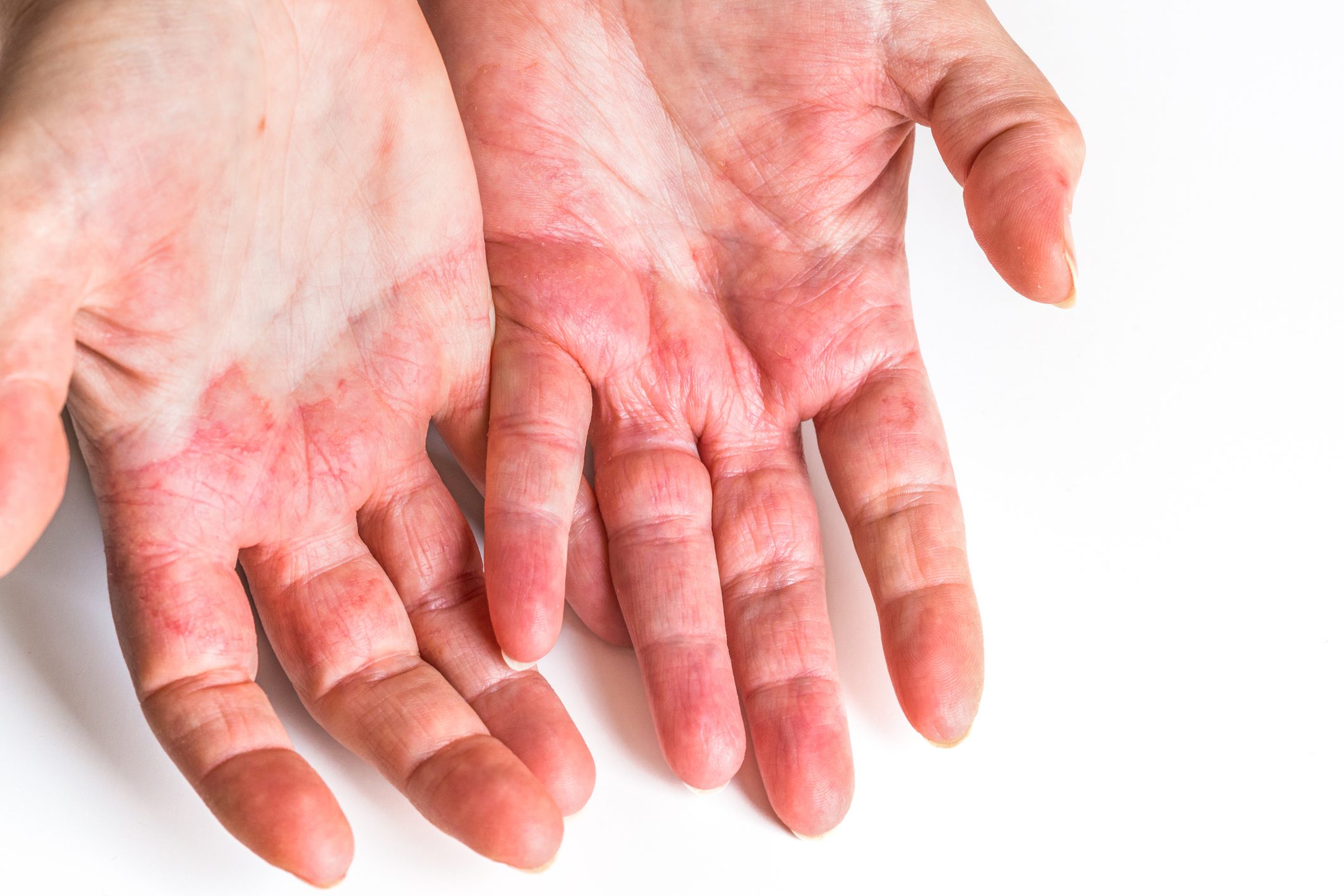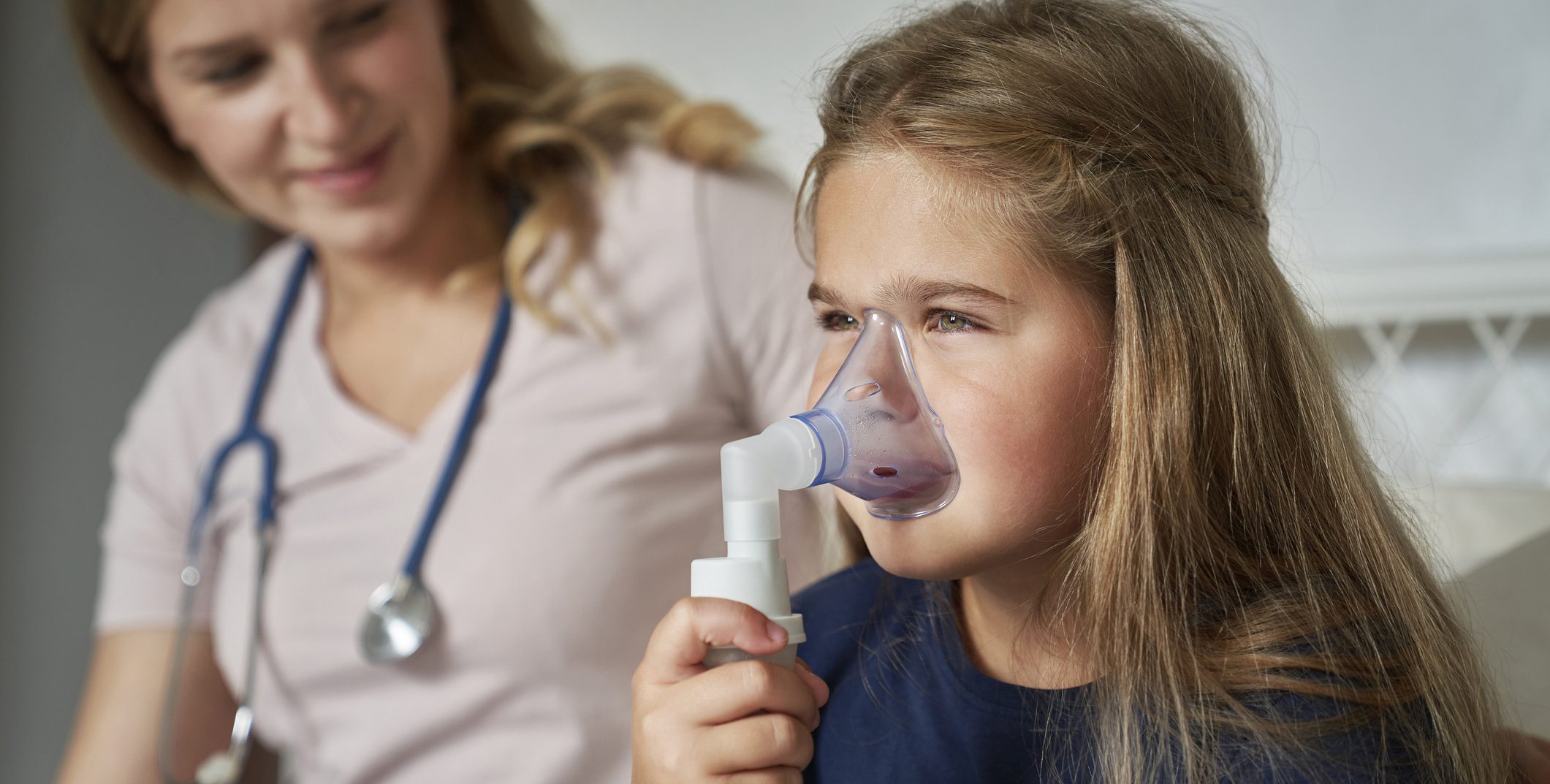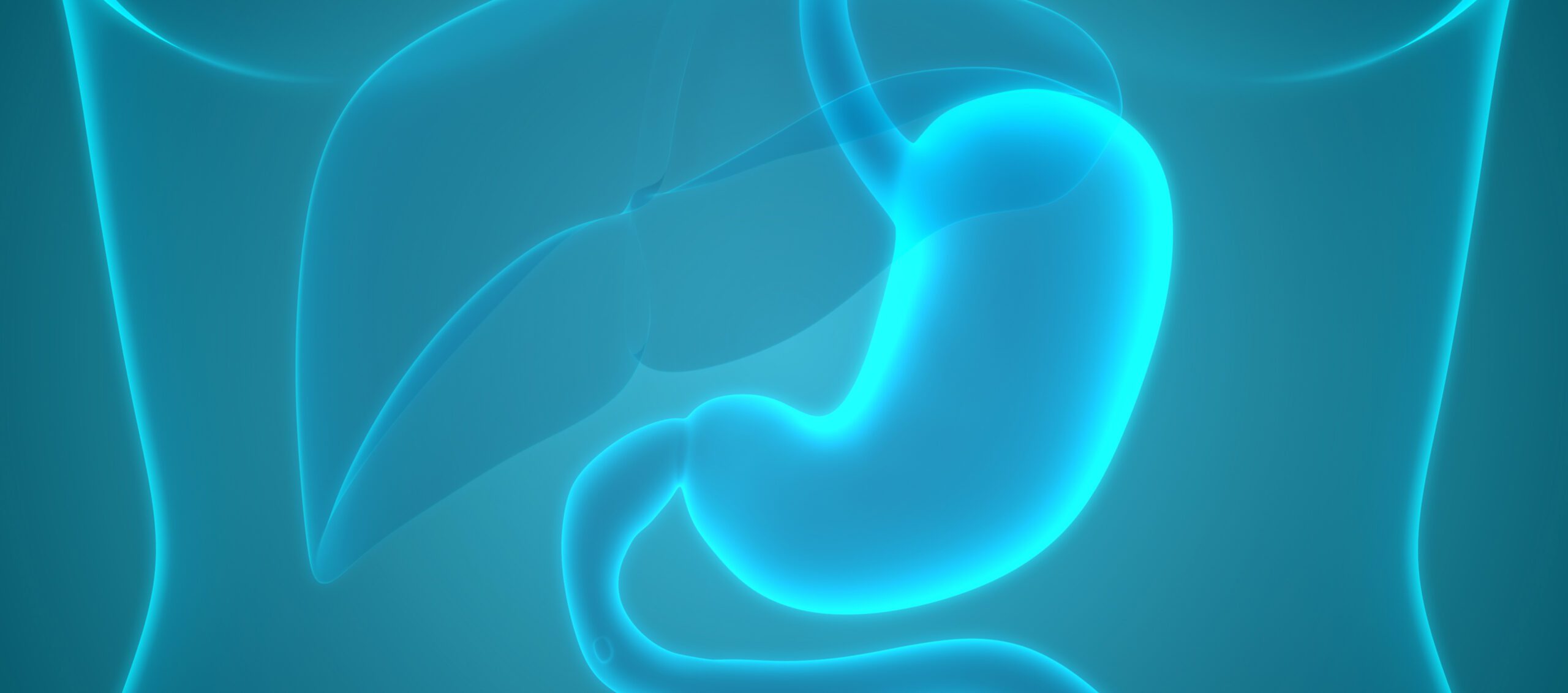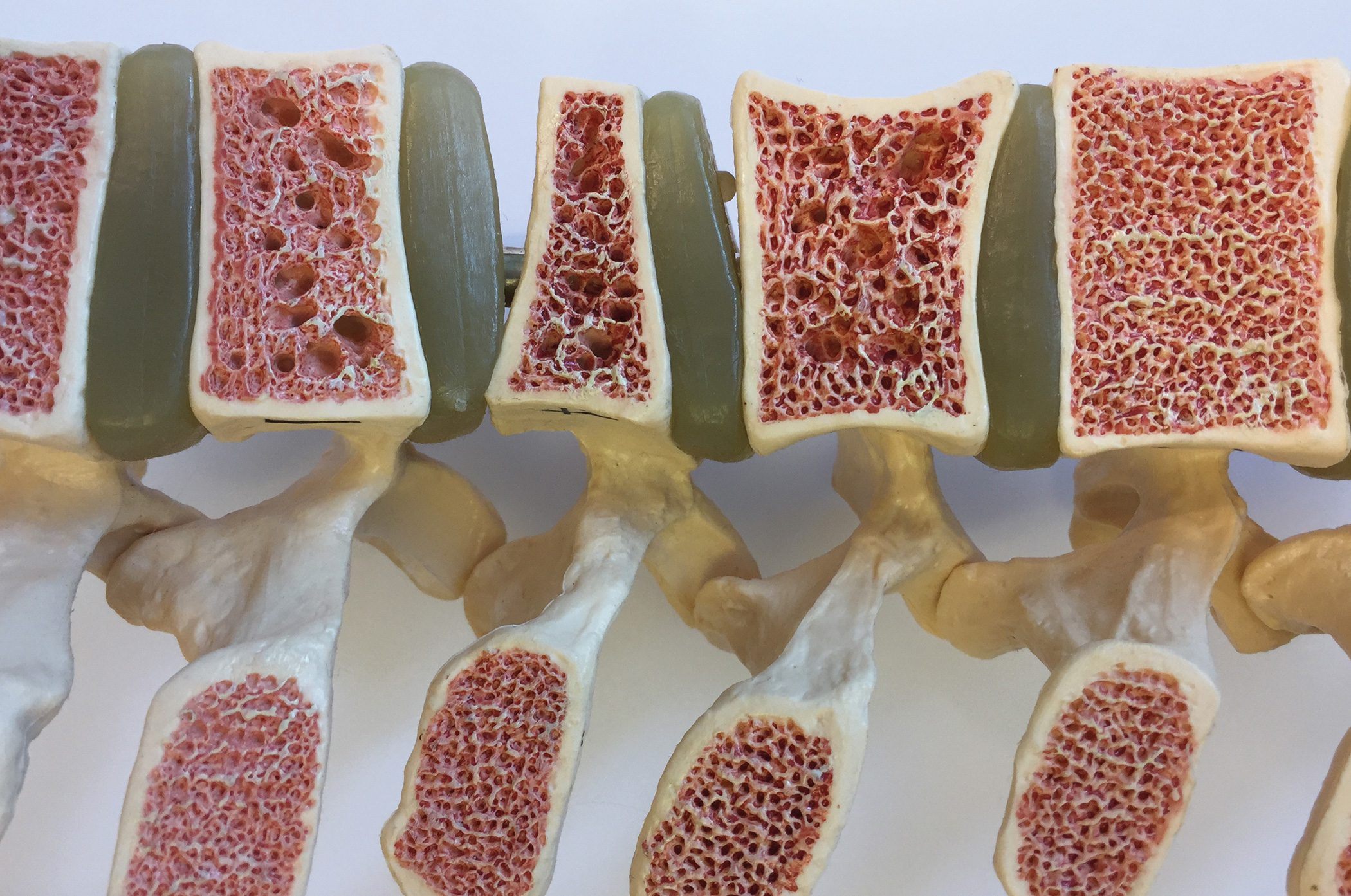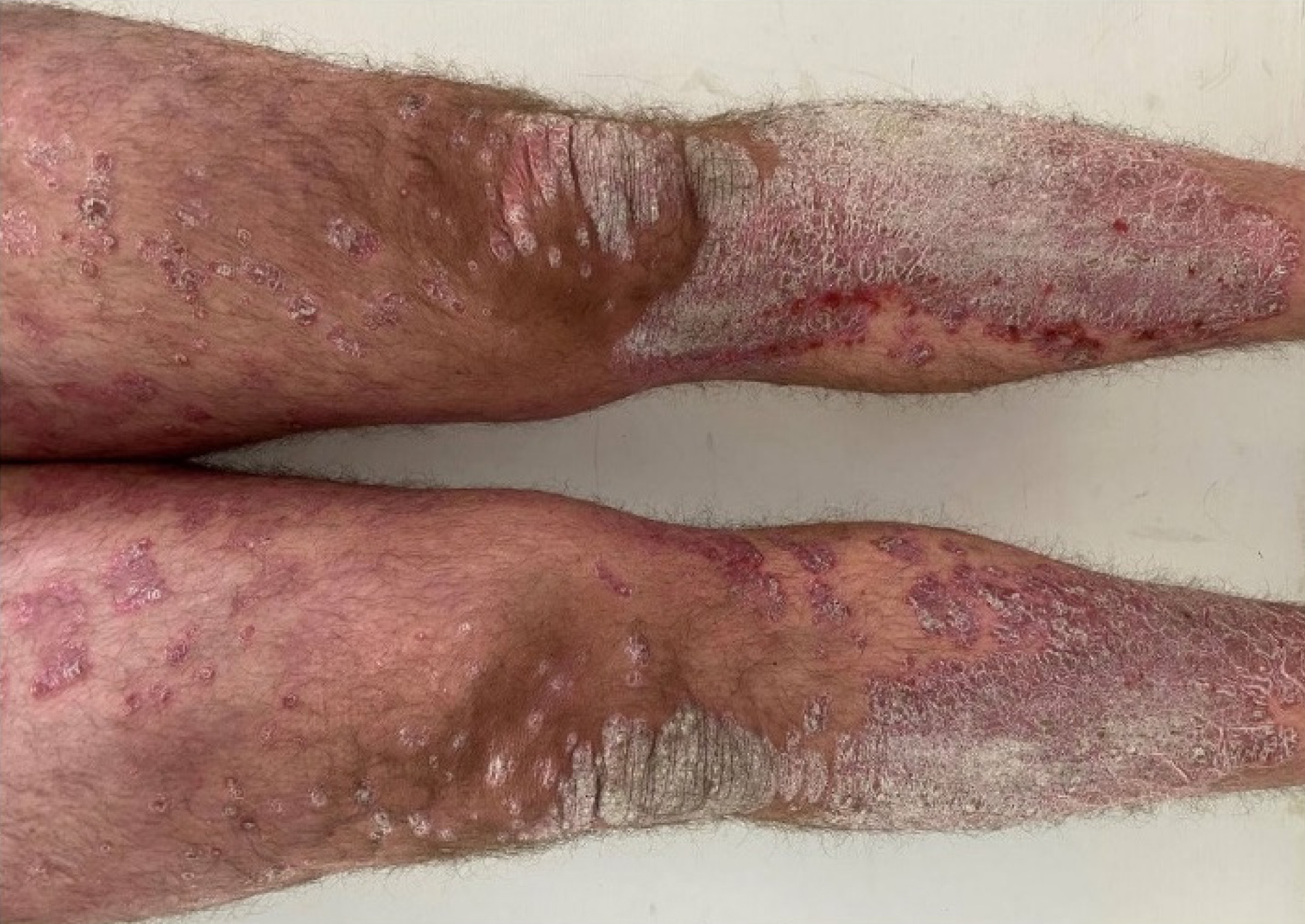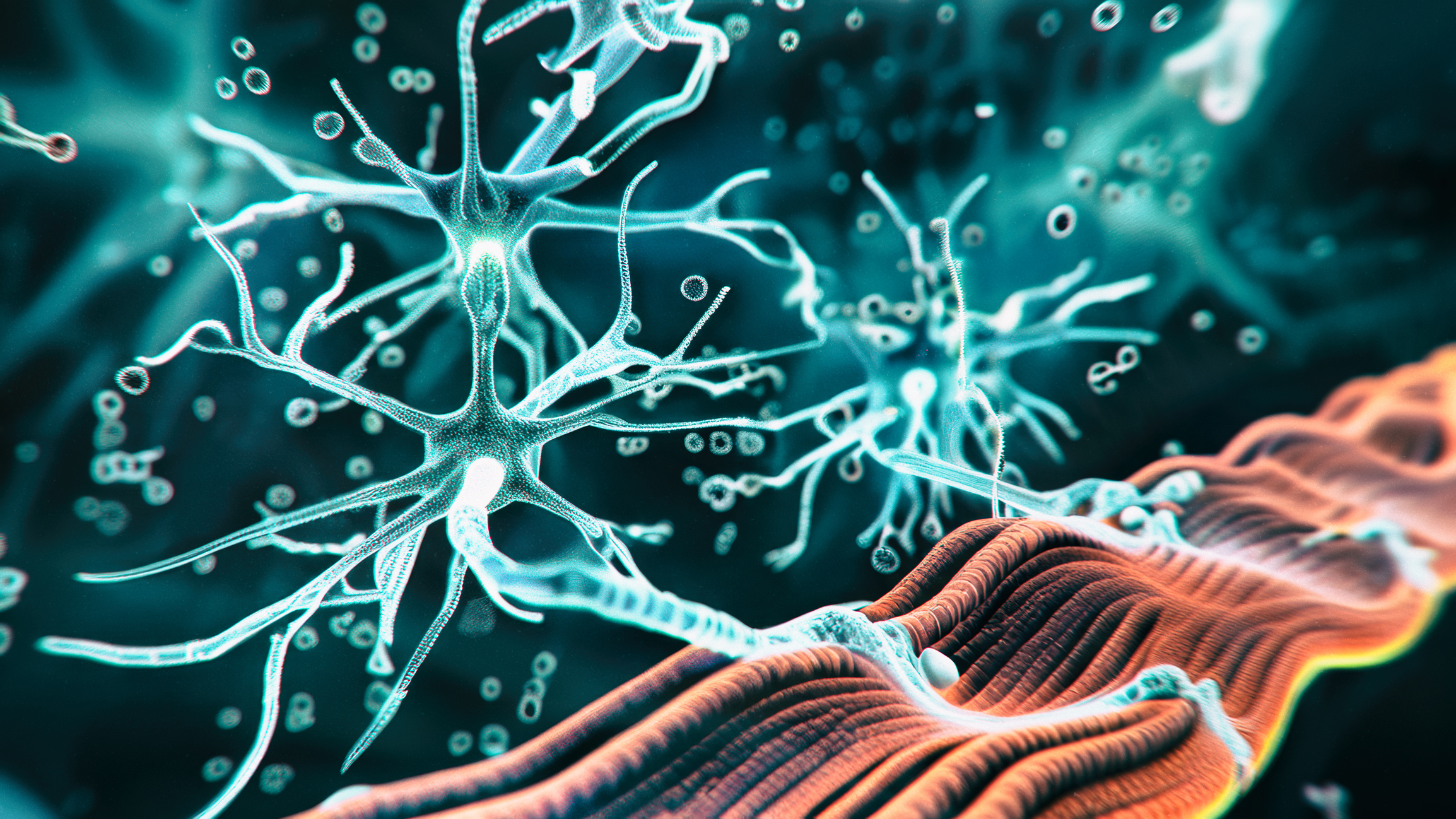In the event of an ischemic stroke, the blood supply to the affected area of the brain must be restored as quickly as possible to prevent permanent damage. Ideally, intravenous thrombolysis is given within a few hours of the stroke. As recent study data show, it is worthwhile to select patients by perfusion-diffusion MRI or CT, even if the therapy time window of 4.5 hours has already passed.
The major causes of ischemic stroke include macroangiopathy, microangiopathy, and cardioembolism [1]. Less common etiologies include arterial dissections, vasculitides, coagulopathies, and hematologic disorders [2]. Intravenous thrombolysis with recombinant tissue plasminogen activator (rt-PA) is currently the only evidence-based drug therapy option for acute ischemic stroke and is recommended by international guidelines [3]. However, the benefit of therapy with intravenous rt-PA is time-dependent [4]. “Intravenous thrombolysis is the treatment of choice,” says Prof. Urs Fischer, MD, chief physician as well as head of inpatient acute neurology and co-director of the Stroke Center at Inselspital Bern [5]. “Elderly patients and female patients also benefit from thrombolysis,” emphasized the speaker [5,6]. Intravenous thrombolysis is safe and reliable in the majority of patients. A paradigm shift has taken place in this regard. Whereas a few years ago people were very reluctant to do so, today cerebral stroke patients are treated thrombolytically unless there are clear contraindications. The goal of treatment is to reduce the degree of disability of those affected, the speaker said [5]. It was shown that rt-PA improved functional outcomes in the long term, and physical neediness after stroke was significantly reduced [3].

Time of stroke unknown – patient selection by imaging
Ideally, rt-PA with alteplase (Actilyse®) is performed in the first 4.5 hours after a symptom onset. It is difficult when the stroke occurs during sleep and is only noticed when the patient wakes up (so-called “wake-up strokes”) [7]. Then, not only is the therapy time window of 4.5 hours often exceeded, but also the exact time of onset of the stroke is unknown. However, the WAKE-UP trial demonstrated that patients in whom the onset of stroke is unknown also benefit from thrombolysis if they show a favorable pattern of findings on MRI (the so-called “diffusion-FLAIR mismatch”) [7,8].

EXTEND is the second study to demonstrate the utility of advanced imaging in selecting patients for thrombolysis. In patients in whom the stroke occurred more than 4.5 hours-but no more than 9 hours-lysis therapy was associated with a better clinical outcome [7,9]. Prior to this, perfusion-diffusion MRI or CT was performed to visualize the extent of the infarct as well as at-risk tissue (i.e., additional brain tissue at risk for poor perfusion). In a meta-analysis based on data from EXTEND and two other studies in which patients with enhanced CT or MRI imaging were selected and randomized to receive either the thrombolytic drug alteplase or placebo, the results were replicated. The success of the therapy was monitored after three months with functional tests. In the lysis group, 36% of patients achieved complete or near-complete regression of neurologic deficits, compared with only 29% in the placebo group [7,10]. These results show that, depending on the findings on advanced imaging, it is worthwhile to initiate lysis therapy in patients after an ischemic stroke even if the time window of 4.5 hours has been exceeded, but the rule “time is brain” still has undiminished validity. Prof. Fischer pointed out that the risk of bleeding increased with increasing time interval since the stroke.

Cerebral microbleeds: not necessarily a contraindication to lysis
The results of a subanalysis of the WAKE-UP study show that cerebral microbleeds are not generally a contraindication to lysis [8,11]. In the subanalysis (n=459), 21.4% had at least one microbleed on initial imaging. 9.8% had exactly one cerebral microbleed, 8.1% had two to four, and 3.5% had five or more. Detection of microbleeds was associated with a non-significant increase in the risk of developing major intracerebral hemorrhage (11.2% vs. 4.2%, adjusted OR 2.32; p=0.052), but there was no effect on 90-day functional outcome (an mRS score ≤1 had 45.8% vs. 50.7%; p=0.955) and no interaction of detection of cerebral microbleeds with the treatment effect of thrombolysis. Overall, the lysis group had a significantly better functional outcome: an mRS score ≤1 was seen in 54.6% of lysed patients, compared to only 44.6% in the placebo group (adj. OR 1.61; p=0.022).
Congress: medArt
Literature:
- Bakraç P: Intravenous lysis therapy for acute ischemic stroke. An analysis of the stroke unit at Biberach Hospital. Dissertation, https://oparu.uni-ulm.de/xmlui, (last accessed Aug. 30, 2022).
- Gray AJ, et al: Stroke 2001; 32: 2559-2566.
- Eissa A, Krass I, Bajorek BV: J Clin Pharm Ther 2012; 37: 399-409.
- Fonarow GC, et al: Circulation 2011; 123: 750-758.
- “Stroke,” Prof. Urs Fischer, MD, medArt June 20-24, 2022.
- Emberson J, et al: Stroke Thrombolysis Trialists’ Collaborative Group. Lancet 2014; 384(9958): 1929-1935.
- “Stroke: we have a bigger window and more treatment options,” DGN, Sept. 27, 2019.
- Thomalla G, et al: N Engl J Med 2018; 379(7): 611-622.
- Ma H, et al: EXTEND Investigators. N Engl J Med 2019; 380(19): 1795-1803.
- Campbell BCV, et al; EXTEND, ECASS-4, and EPITHET Investigators. Lancet 2019; 394 (10193): 139-147.
- “Thrombolysis for stroke also effective for cerebral microbleeds,” DGN, 11/29/2021.
- “New, completely revised guideline on the therapy of ischemic stroke,” DGN, May 21, 2021.
- “S2e Guideline on Acute Therapy of Ischemic Stroke,” AWMF Registry Number 030-046, Version 2021, www.awmf.org/uploads/tx_szleitlinien/030-046k_S2e_Akuttherapie-des-ischaemischen-Schlaganfalls_2021-05.pdf, (last accessed Aug 30, 2022).
- “New DGN and DSG guideline on secondary prevention of stroke,” DGN, July 04, 2022.
- Swiss Drug Compendium, https://compendium.ch, (last accessed Aug. 30, 2022).
InFo NEUROLOGY & PSYCHIATRY 2022; 20(5): 28-29.
HAUSARZT PRAXIS 2022; 17(11): 27-28







